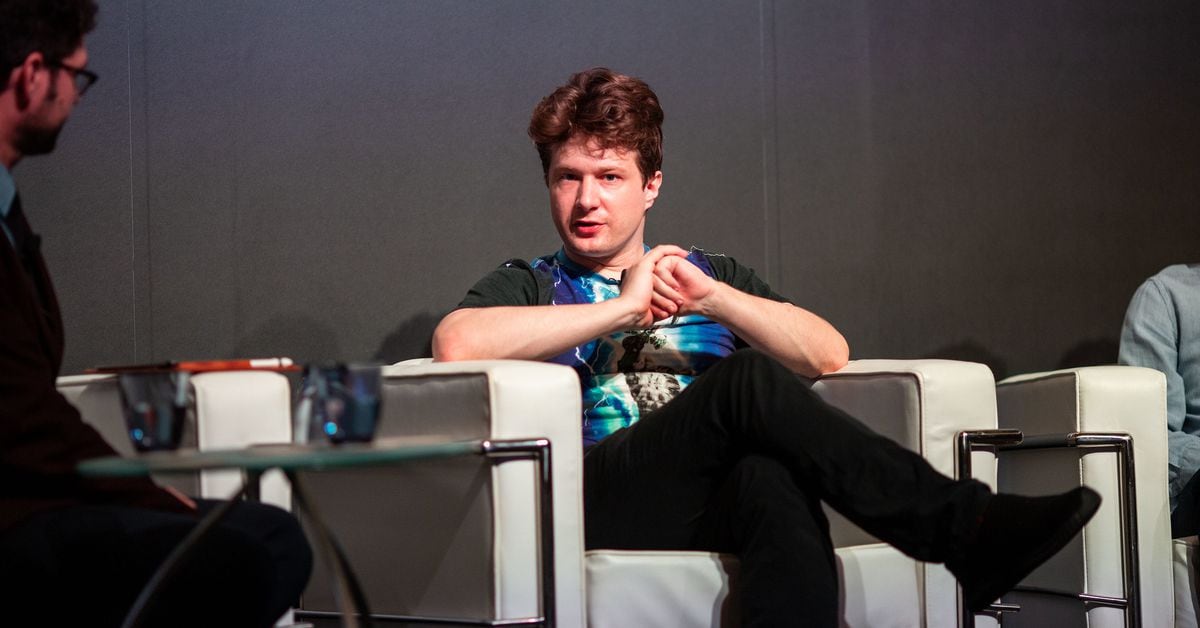Former Ethereum developer Virgil Griffith’s attorney, Glen Garrett McGorty, representing the client, submitted a motion to Judge Kevin Castel on April 2024 for a reduction of the prison period. McGorty mentioned amendments in the U.S. sentencing guidelines.
Griffith’s sentence legal context and current developments
Griffith was originally committed to a 63-month prison sentence accompanied by a $100,000 fine as he pleaded guilty and acknowledged his involvement with U.S. sanctions against North Korea. Moreover, he is now using a provision for a two-level offense level reduction. This emphasis is particularly impactful on the zero-point offender defense, a claim his legal team is pushing.
The foundation for Griffith’s request is his recent claims of revised sentencing guidelines which administration may impose more moderate punishments for some categories of offenses. The guidelines are prosecution and sentencing discretionary, which may lead to reduced sentences if offences fall within given parameters, particularly if context and nature of the offender has been considered.
This motion of guilt removal is on the heel of Griffith’s convicted offense where he pleaded guilty of alledgedly aiding North Korea’s understanding and utilization of blockchain technology that was deemned a breach of the international sanctions.
fact that a guilty plea happened in the proceeding, was preceded by his expression of remorse for everything he has done and discusses the loss of career and personal ideology.
Implications and observations
The motion for re-sentencing on the other hand highlights the very controversial issue on the actual application and impact of technology in legal standards but it still emphasizes the rapid rate of legal evolution in modern society.
Griffith’s case has become an issue of focus and keen attention among law experts and the entire cryptocurrency community, but at the same time, it reveals the reality that both technology and law are complex in their interdependence.
as a court deliberates these re-sentencing questions, there is a certainty that whatever judgement will be more than favorable felt even far beyond just Mr. Griffith’s personal life status. These changes could have ramifications for how courts treat other cases in this category and future law practices regarding technology-based offenses, with its special attention given to the matters involving sanctions and international policy.
There will be curiosity regarding Judge Castel’ take, the consequence of which will not only be to decide the fate of John Griffith, but also, set the standard for which future legal system shall meet the challenges of new emerging technologies. In addition, the pace at which the decision of the judge may change the scope of how the law treats distant tech-oriented actions has prompted the eyes of the wider legal, technology, and tech-based initiatives.





